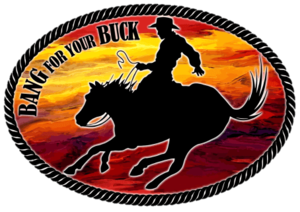Equine Vital Signs – What Are They?
Equine Vital Signs – What Are They?
Equine vital signs include temperature, pulse, and respiration. Every person who owns horses should know how to do this quickly and correctly. Knowing how to read a horse’s vital signs properly can be very helpful in an emergency situation, and is a major part of equine first aid. Today we will tell you how to find these on your horse, and what to look for to know if something is amiss.
Temperature is taken on a horse rectally. No, it’s not fun, but you have to make sure its inserted properly for an accurate reading. At the same time, be aware that some horses will not like this, and may kick if it is not done quickly and confidently. Normal temperature is anywhere from 37.2-38.3°Celsius, or 99.5-101.5 degrees Fahrenheit (although some horses may normally be slightly lower than the minimum). Anything higher needs careful monitoring and a likely vet visit.
Pulse can be taken in a few places: by palpation where the cheek meets the jaw and at the digital pulse in the artery that runs down the fetlock, and also by listening right in under their elbow with a stethoscope. Normal heart rate is anywhere from 36-42 beats per minute.
Respiration can be gauged by watching the sides of the horse move as they breathe in and out. An adult horse’s normal breathing rate is anywhere from 12-16 breaths per minute.
Mucous Membranes are located in your horse’s gums and inner lip linings. They should be moist and a healthy pink colours. If you press down on them, the capillaries should come back to normal within a couple of seconds.
This is very useful information to provide your vet over the phone in advance of their arrival,so they are aware of what they are dealing with.
What Not To Do When Taking Your Horse’s Vital Signs
If you are not too familiar with taking a horse’s vital signs, don’t worry. Here is a list of things not to do, in order to prevent a false reading and therefore an unnecessary vet trip! The important things to remember are:
- Make sure you leave the thermometer in long enough. This will prevent a false low temperature reading as a result.
- Be careful when taking vital signs on a nervous or skittish horse. A horses’ pulse and respiration rates are already elevated if they are nervous and therefore can provide a false reading.
- Don’t measure respiration rate by getting your horse to sniff your hand. Due to salt and other scents on you, it therefore will lead to them sniffing far more than usual. This can provide a false, increased breathing rate.
- Double-counting heartbeats. A horse’s heart beat has two components, an “up” sound and and “out” sound. It can been described as a “lub-dub” sound. This lub-dub is equivalent to one heartbeat. If you count both parts, you will get a false elevated heart rate.
We hope you have enjoyed learning how to accurately take and interpret your horse’s vital signs. If you have any questions about our products, be sure to get in contact with us for assistance! Until next week, Safe Riding!


